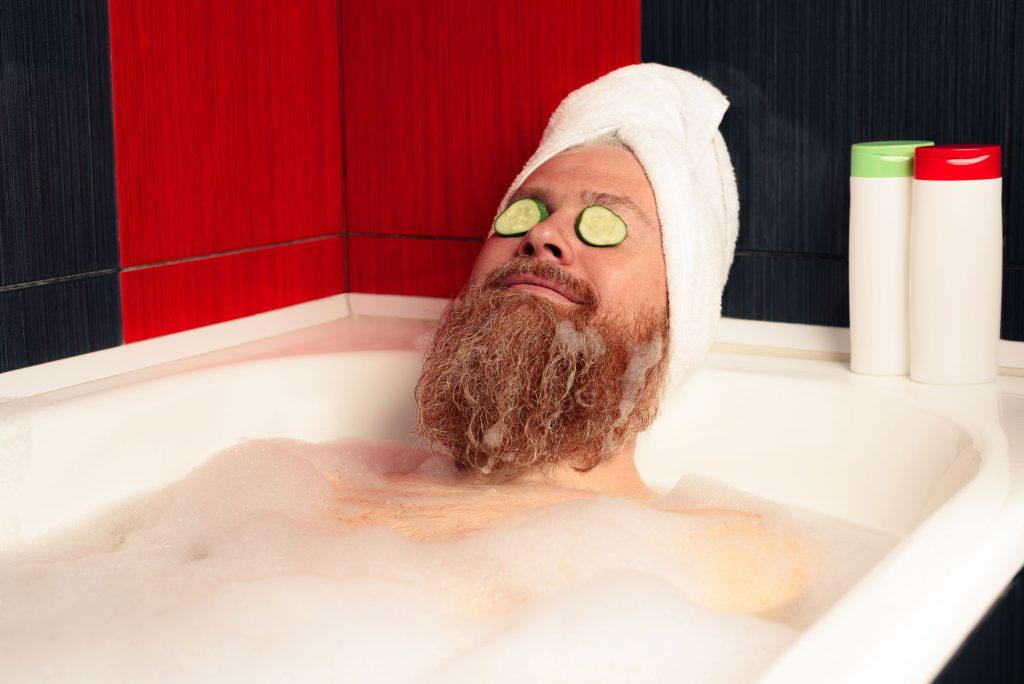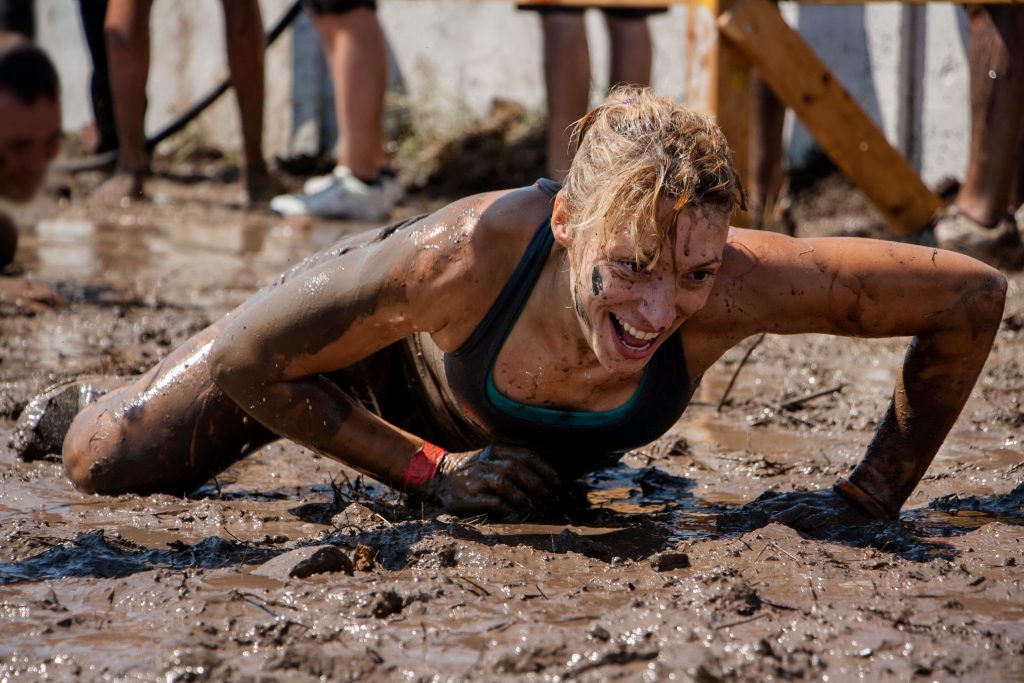How to Avoid Heat Rash this Summer
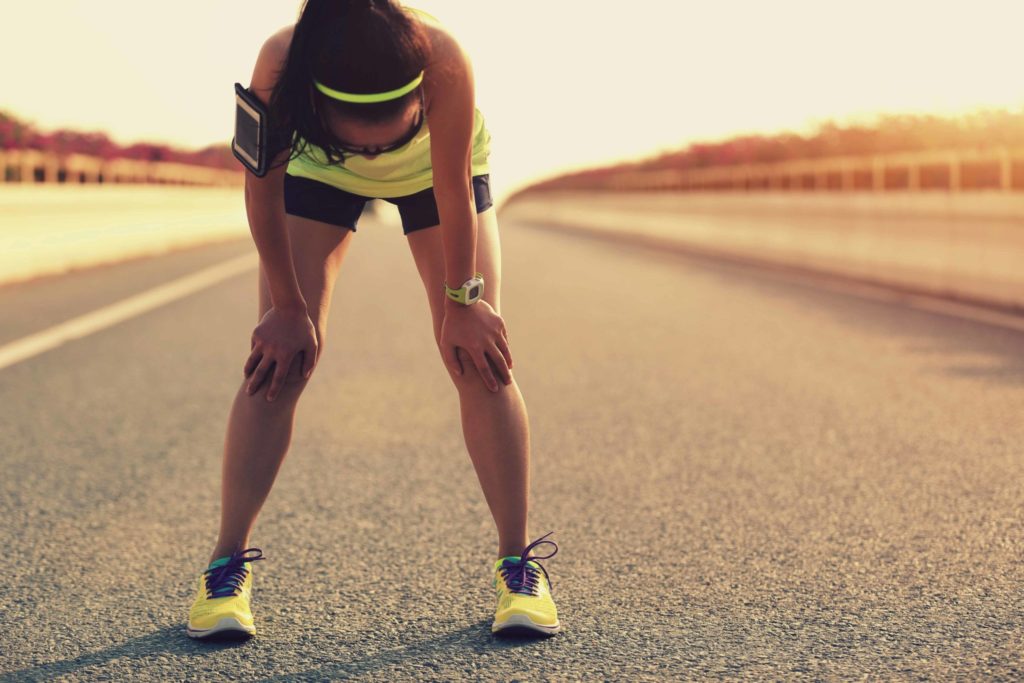
Heat Rash: it really sucks
Summer is coming. And for many of us, summer heralds the return of the dreaded heat rash.
Heat rash, known in the medical community as Miliaria 1, is an itchy rash that occurs when you get hot and sweaty. If you suffer from heat rash, you are not alone. About 30% of people living in the tropic or regions where the summer is hot and humid suffer from heat rash 1. Heat rash occurs to the same extant in men and women, and across all races and ethnic groups who are exposed to conditions of high heat and humidity 1. Anyone can get heat rash.
I’ve written this article because I have personally found bleach baths to be a great method to prevent heat rash, as well as greatly speeding up your recovery if you do get heat rash.
The usual heat rash progression
Heat rash occurs most often on the chest and neck, the groin and backside, the folds under the breasts in women, and the elbow creases. It also develops on areas of the skin that rub against or are confined by clothing, for example the waistline and upper thighs.
When it occurs, heat rash usually presents as small itchy bumps, which usually resolve within days to weeks. The colour and severity of the rash will depend on how deep within the skin the inflammation goes 1.
What causes heat rash?
Heat rash is caused by blocked sweat pores. Blocked sweat pores cause sweat to leak out under the surface of the skin, leading to the inflammation, redness and itchiness that can make life so miserable in summer.
Bacteria play a central role in heat rash 1. People who get heat rash can have up to three times as many bacteria on their skin compared to those who don’t suffer from heat rash 1. This occurs during hot and humid conditions, which increases sweating and provides the perfect environment for bacteria and fungi to thrive.
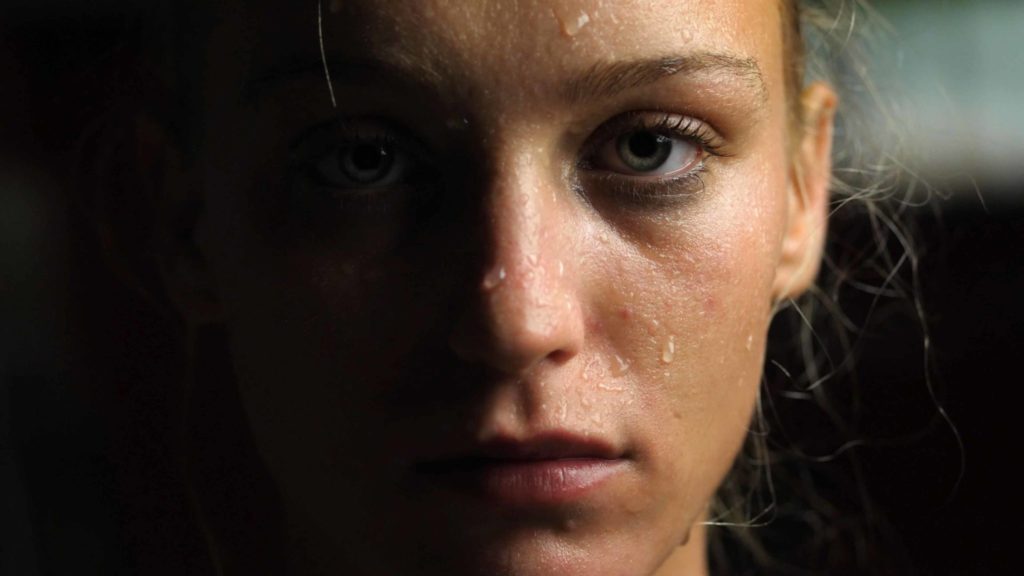
Excess skin bacteria block sweat glands, while bacterial growth within sweat glands leads to infection, which greatly increases inflammation and irritation 2. Thus, keeping the number of bacterial on your skin to a normal, healthy level is key in reducing the frequency and severity of heat rash during summer.
Bleach Baths and childhood eczema
Bleach baths were originally developed to help treat childhood eczema 3. Eczema is a chronic skin condition that has a large genetic component that is exacerbated by environmental factors, in particular allergens and bacterial skin colonization 3. Clinical trials performed on children show that bleach baths are safe and are effective in reducing the total number of bacteria on the skin of children with eczema 3.
Heat rash is to a large degree driven by the elevated skin bacteria levels that thrive in warm moist conditions 1. Bleach baths are effective at reducing skin bacterial numbers 3, which is why they work so well for treating heat rash.
The Method
This protocol is adapted from the protocols published at the Royal Children’s Hospital Melbourne and Eczema Association Australia.
We recommend that you get any skin conditions diagnosed by a medical professional, and you should undertake this and any other any intervention under medical supervision.
What you need
1. Plain, unscented household bleach (4.2% sodium hypochlorite) – do not use lemon, lavender or any other scented forms of bleach. It MUST be unscented bleach.
2. Measuring cup
3. Standard-sized bucket (10 litres)
4. Sea salt and bath oil (optional)
How to have a bleach bath
First, make sure your bathroom is well ventilated to avoid any irritating fumes from the bleach.
Second, it’s important that the temperature your bath and shower is cool to tepid (at or just below body temperature), not warm or hot. This is so you don’t sweat, which is what caused your heat rash in the first place. It also minimises irritating fumes.
Begin by having a brief tepid shower, using a mild soap to help protect your skin’s natural oils.
Record how long it takes to fill a normal bucket, then record how long it takes to fill your bath using the same flow rate. Use these two numbers to work out how many buckets it takes to fill the bath by dividing the bath filing time by bucket filling time. Multiply this number by 10, and that’s how many litres you have. Most baths are full at around 80-100 litres.
Add 12 mL of 4.2% household bleach for every 10 litres of water, to give a final bleach concentration of 0.005%. The average 100 litre bath requires about half a measuring cup (120 mls) of plain household bleach.
You can also add sea salt and bath oil. Add 1-2 capfuls of oil per bath and 100 grams (1/3 cup) for each bucket (10 litres). This is roughly three cups of salt per 100 litre bath.
Soak in the bath for 5-10 minutes.
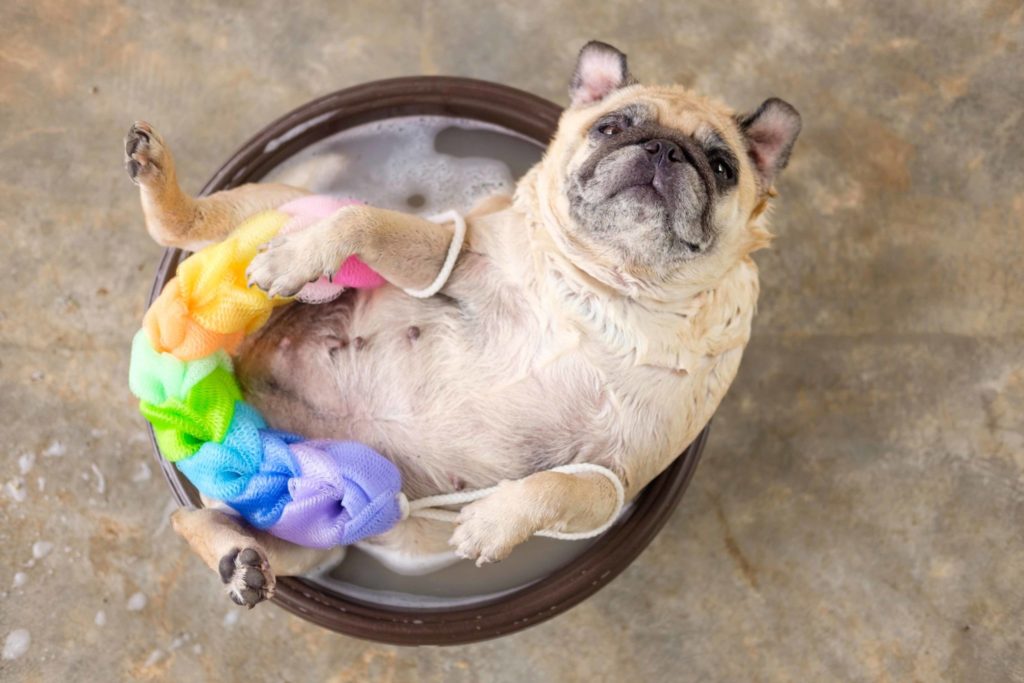
You can wash your head and face with the bath water. You can immerse your head in the water as the concentration of bleach is extremely low.
Do not rinse after the bath. Just dry yourself using an old or white towel to avoid possible bleaching your expensive coloured towels.
Repeat the bleach baths every day for one week, and then scale back to 1-2 baths per week.
Additional measures to prevent heat rash
Bleach baths aren’t a stand-alone solution, rather they are one part of an overall strategy.
You should also avoid heat rash by wearing loose clothing made from non-synthetic fabrics, stay in air conditioning as much as possible during the hottest months, keep your bedroom cool and well ventilated, and avoid hot showers and baths while using mild soaps to preserve the protective oils of your skin 1.
In addition, you can also combine bleach baths with a mild corticosteroid cream to help reduce and resolve the inflammation and itching within the affected areas 2.
Conclusion
Bleach baths are a useful approach to help keep your skin healthy during the hot, humid months of summer. This is particularly true if you are training hard and working up a sweat. I have personally found that bleach baths are both extremely effective and safe for treating and preventing heat rash during hot and humid conditions.
Bleach baths may also help wrestlers, jujitsu players and mixed martial artists who spend time on the mat keep their skin healthy and infection free, especially during summer.
Please click on the link below to download the free PDF of this article.
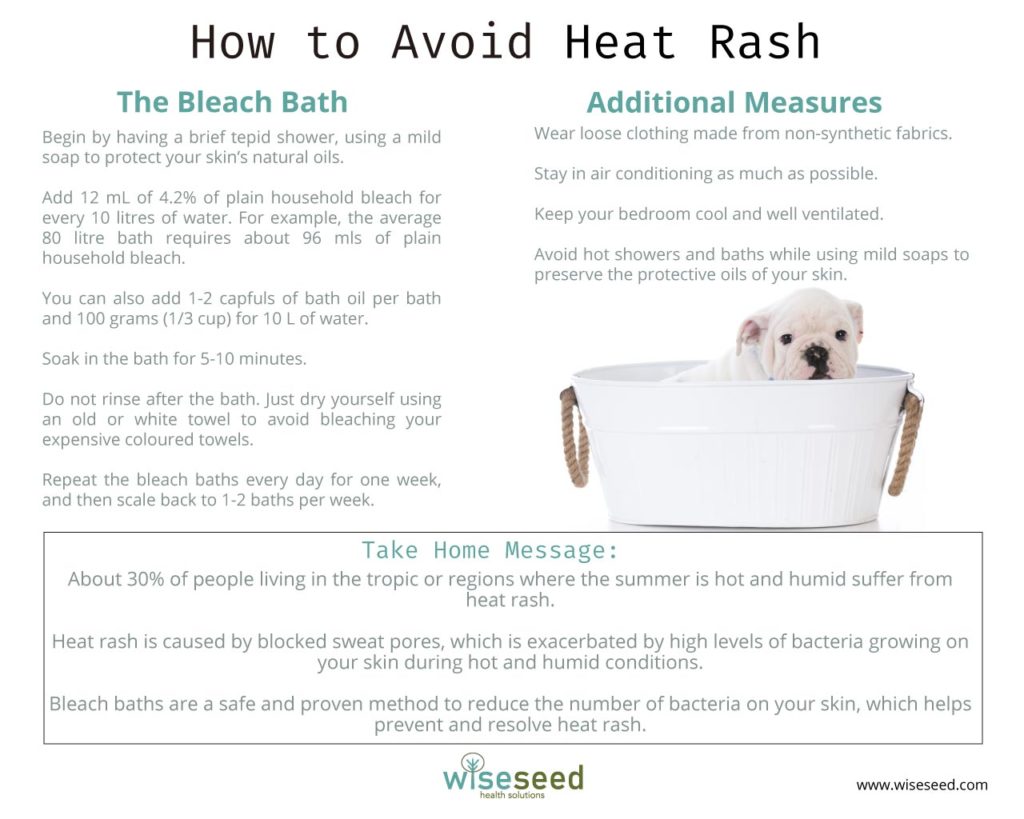
References and Further Reading
1 Frey, R. J. Miliaria: GALE ENCYCLOPEDIA OF DERMATOLOGY 471-474 (2017).
2 Guerra, K. C., Toncar, A. & Krishnamurthy, K. Miliara in StatPearls (StatPearls Publishing Copyright © 2020, StatPearls Publishing LLC., 2020).
3 Huang, J. T., Abrams, M., Tlougan, B., Rademaker, A. & Paller, A. S. Treatment of Staphylococcus aureus colonization in atopic dermatitis decreases disease severity. Pediatrics 123, e808-814, doi:10.1542/peds.2008-2217 (2009).
Disclaimer
The material displayed on this website is provided without any guarantees, conditions or warranties as to its accuracy.
Information written and expressed on this website is for education purposes and interest only. It is not intended to replace advice from your medical or healthcare professional.
You are encouraged to make your own health care choices based on your own research and in conjunction with your qualified practitioner.
The information provided on this website is not intended to provide a diagnosis, treatment or cure for any diseases. You should seek medical attention before undertaking any diet, exercise, other health program or other procedure described on this website.
To the fullest extent permitted by law we hereby expressly exclude all warranties and other terms which might otherwise be implied by statute, common law or the law of equity and must not be liable for any damages whatsoever, including but without limitation to any direct, indirect, special, consequential, punitive or incidental damages, or damages for loss of use, profits, data or other intangibles, damage to goodwill or reputation, injury or death, or the cost of procurement of substitute goods and services, arising out of or related to the use, inability to use, performance or failures of this website or any linked sites and any materials or information posted on those sites, irrespective of whether such damages were foreseeable or arise in contract, tort, equity, restitution, by statute, at common law or otherwise.

Ten Minutes is All You Need
Research has shown that ten minutes of moderate-to-vigorous exercise performed each day is enough to significantly reduce your risk of early death.
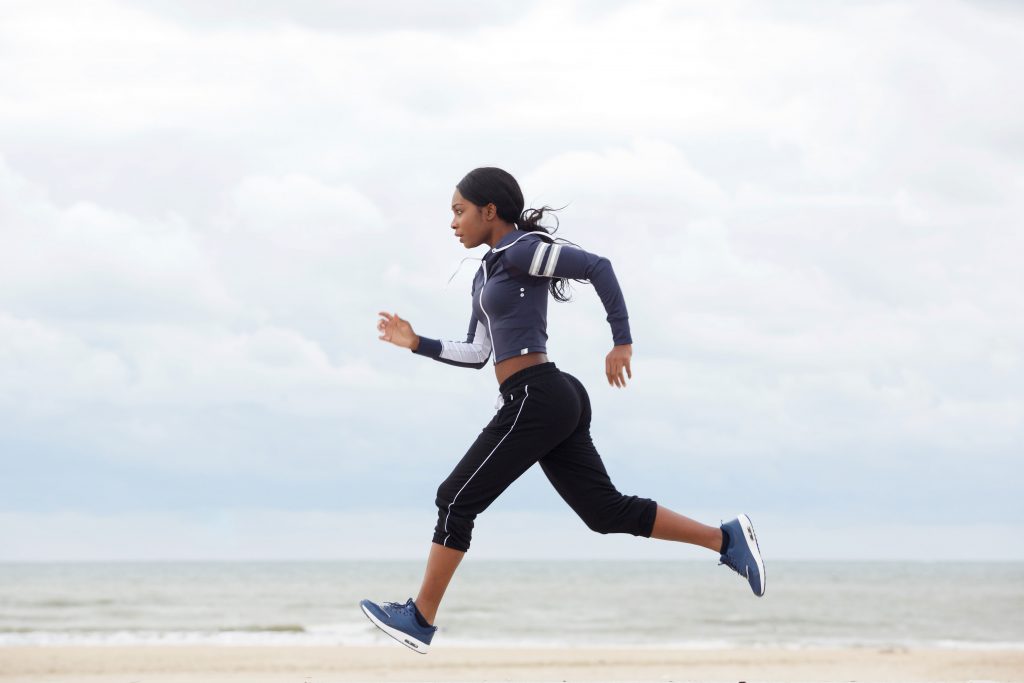
Strong Bones, Strong Mind
Regular exercise releases osteocalcin from your bones. Once in circulation, osteocalcin enters your brain to support learning and memory.



